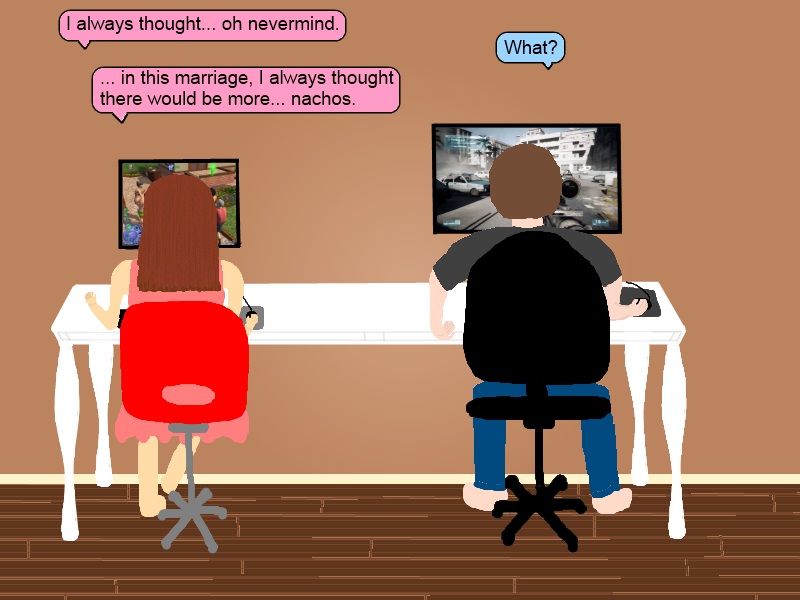As a man who, on a volunteer basis, writes stories about sexting and refusing to share bacon, it should come as no surprise that I don’t have a lot of money. That being said, I decided to grow up and talk to a financial advisor; what follows is a detailed account of how a massive B-word who is terrible at her job, AKA my financial advisor, accidentally taught me a lesson about gender roles in relationships. Not enough of a lesson to make me feel bad about the B-word comment though, she deserves it.
This story takes place shortly before my most recent break up. I was in a long-term relationship with an older woman and staunch feminist, that being said, our relationship was beyond the parameters of traditional gender roles and all sugar coating aside, she was the man in relationship. Continue reading

